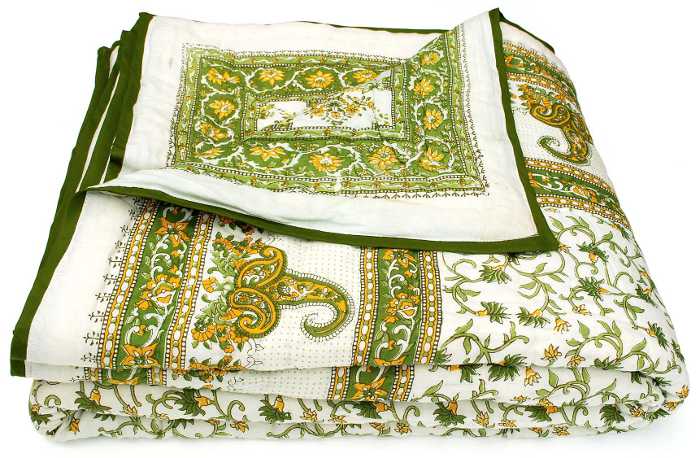FWP:
SETS == OPPOSITES; WORDPLAY
How often in Urdu would we ever expect to find bard-e liyālī to express the coldness of the nights? Is this kind of thing just a metrical convenience, or a display of erudition-- or is the verse taking advantage of the power of a 'fresh word'? To go with it, there's the excellent use of tab , which means 'then' but also of course 'heat' (since it's equivalent to tap ).
The piquant thing in the verse is the nihālī . The first meaning is 'a young plant'-- are we to imagine the beloved's lovely sinuous form as that of a vine or creeper (as is so common in Sanskrit poetry)? If so, then perhaps the lover's passionate lamentation generates so much heat that only (the thought of?) the coldness of the nights-- a sign of winter, when the life of a 'young plant' would be over and it would have been killed by frost-- enables him to achieve a measure of calm.
The commentators prefer the second meaning, which seems to
be some kind of quilt, mattress, or bedding. But it's hard to tell what there
is about its 'form, shape' [shakl] that is so erotic.
Is it just because it's bedding, and thus associated with bed, and with 'union'? Or is there
some way that it might be decorated or folded-- in the shape, say, of a bedroll--
that would suggest a human form? And why exactly would the coldness of the
nights bring peace? Because then the lover needs to be wrapped in the quilts,
bedding, etc., that evoke the beloved's form or presence? Or, on the contrary,
because the agitated lover becomes so 'hot' to lament that he flings off the
quilts, bedding, etc. (so that he's in 'separation' from them, in a way),
and then the night air cools him down? As so often, we're left to answer these questions for ourselves.

Ghalib:
[1866, to Navab Kalb-e Ali Khan:] [After some difficulties in traveling] I stayed in a smallish house in the sarai of Muradabad. Hungry and thirsty, I wrapped myself in a blanket and lay there. I passed the time till morning reciting this verse of mine: {154,1}.
==Urdu text: Khaliq Anjum vol. 3, p. 1221